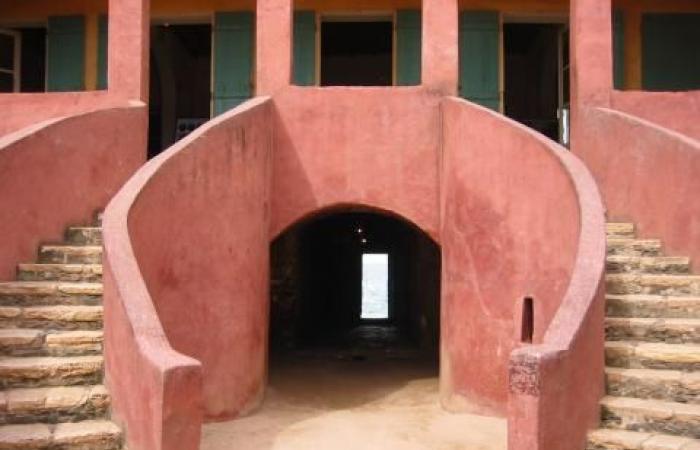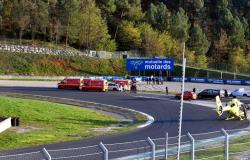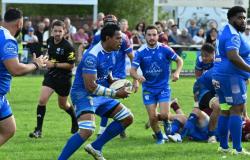(SenePlus) – A team of Senegalese researchers are working to rewrite the history of the slave trade, challenging the narratives inherited from colonization. Their field of exploration: the island of Gorée, symbol of the triangular slave trade. This approach is part of a decolonial approach, aiming to break with the practices and analytical grids inherited from the colonial era.
At the heart of this movement, Professor Ibrahima Thiaw, one of the first Senegalese archaeologists to be interested in the transatlantic slave trade. He directs the research unit in cultural engineering and anthropology (Urica) at Cheikh-Anta-Diop University in Dakar. “Certain teams continue to act as if we were still in the colonial era,” he laments, according to Le Monde.
The Urica houses unique archaeological collections, but also the challenges of their conservation. “European colleagues dug up objects to study them. This allowed them to publish prestigious scientific articles. And afterwards, they left us trunks of objects that were difficult to preserve,” explains Professor Thiaw.
The approach of these researchers goes beyond the simple study of objects. Lamine Badji, doctor in archaeology, works on griot skulls recovered from baobab trees. “The objective is to ‘decolonize’ this collection by taking a Senegalese prism in its study, that is to say by ensuring that we respect our beliefs and our traditions,” he specifies.
Respect for human beings and relationships with communities are at the heart of this approach. “The body is not an object but a soul, and its history is linked to living people,” underlines Professor Thiaw. He adds: “The restorative dimension of archaeology, which allows us to reweave the thread of family stories broken by separation and exile, is too neglected.”
Research carried out on the island of Gorée has already made it possible to question certain established narratives. “We mainly found European objects from daily life such as inkwells, bottles of alcohol, or weights for weighing precious objects, which date from the 18th century,” notes Mr. Thiaw, contrasting with the texts which document a European presence since the 15th century.
Professor Thiaw’s team is not limited to terrestrial excavations. For ten years, they have also been exploring the seabed off the coast of Gorée. Madicke Gueye, doctor in underwater archaeology, explains: “The inventory work undertaken over the past ten years has allowed us to identify 24 underwater archaeological sites off the coast of Gorée. We now need to be able to date them.”
However, the conservation of objects brought up from the depths remains a major challenge. “We lost a good part of this collection, in particular all the wooden objects,” regrets Madicke Gueye. Researchers are campaigning for the opening of a suitable conservation laboratory.






